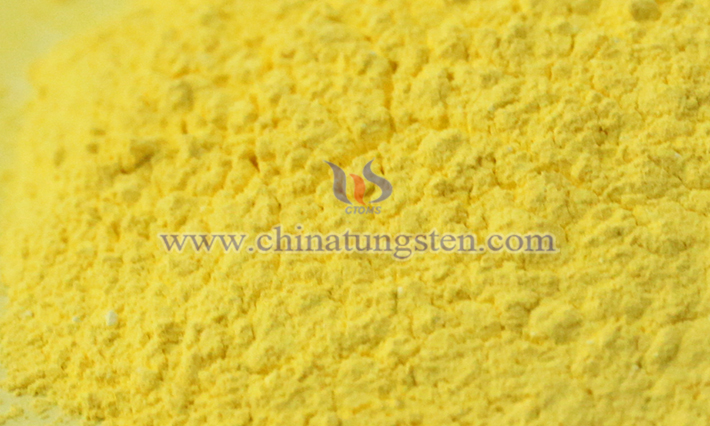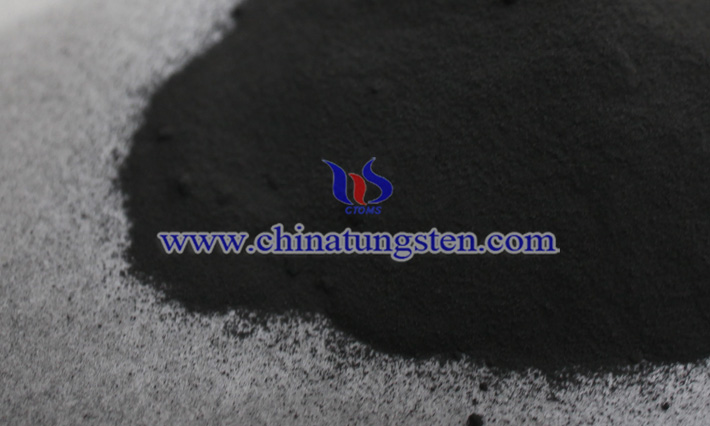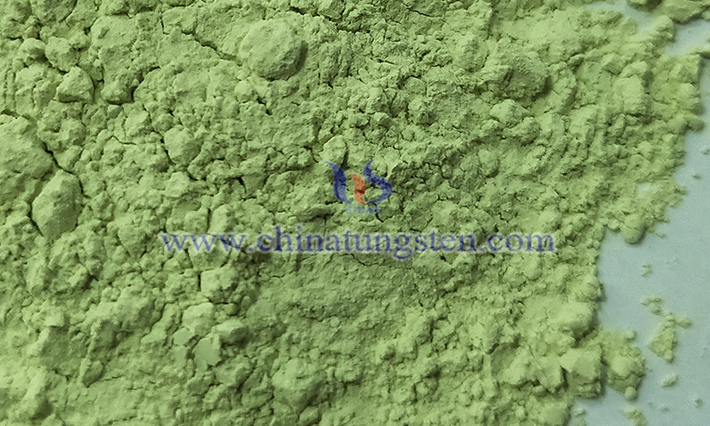China Molybdenum Price - June 16, 2023
- Details
- Category: Tungsten's News
- Published on Friday, 16 June 2023 17:18
- Written by Shuxia
- Hits: 630

China molybdenum price showed a downward trend in the week ended on Friday, June 16, 2023. As the favorable factors gradually weakened, the buyer’s market advantage was slightly enhanced, mainly reflected in the improvement of suppliers’ awareness of profitability.
China’s APT Price Stalemates in the Middle of June Due to Quiet Market
- Details
- Category: Tungsten's News
- Published on Thursday, 15 June 2023 18:05
- Written by Shuxia
- Hits: 525

Chinese tungsten powder and tungsten carbide powder prices continue to be stable on June 14, 2023 because the depressed atmosphere at the cemented carbide end affects the sentiment of the tungsten raw material market.
Read more: China’s APT Price Stalemates in the Middle of June Due to Quiet Market
Lanthanum Oxide Price - June 14, 2023
- Details
- Category: Tungsten's News
- Published on Wednesday, 14 June 2023 18:42
- Written by Shuxia
- Hits: 750

Rare earth market quotation in China: lanthanum oxide price declines slightly while terbium oxide and dysprosium oxide prices edge higher on June 14, 2023 under the influence of many uncertain factors.
China’s Ammonium Paratungstate Price Keeps Stable on Weak Demand
- Details
- Category: Tungsten's News
- Published on Wednesday, 14 June 2023 18:48
- Written by Shuxia
- Hits: 657

Analysis of latest tungsten market from Chinatungsten Online
The ammonium paratungstate (APT) and tungsten powder prices in the Chinese market are unchanged from the previous trading day on June 13, 2023 affected by the continued weakness in the demand side.
Read more: China’s Ammonium Paratungstate Price Keeps Stable on Weak Demand
Molybdenum Concentrate Price - June 14, 2023
- Details
- Category: Tungsten's News
- Published on Wednesday, 14 June 2023 18:39
- Written by Shuxia
- Hits: 735

The overall China’s domestic molybdenum price has shown a general downward trend on June 14, 2023, mainly due to the decrease in downstream demand, the lack of confidence in suppliers' price stability, and the continued negative decline in international molybdenum oxide and European ferromolybdenum prices.





 sales@chinatungsten.com
sales@chinatungsten.com